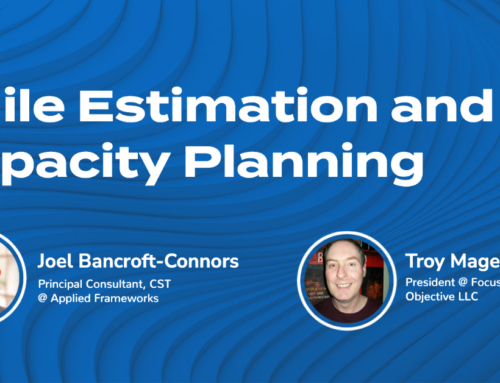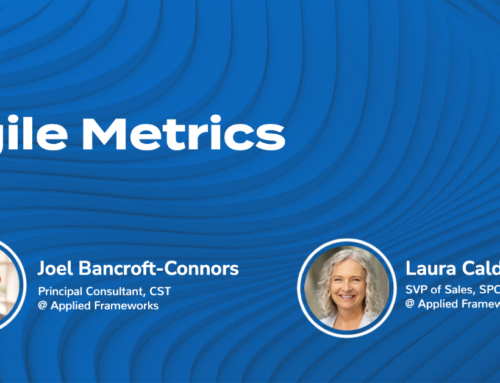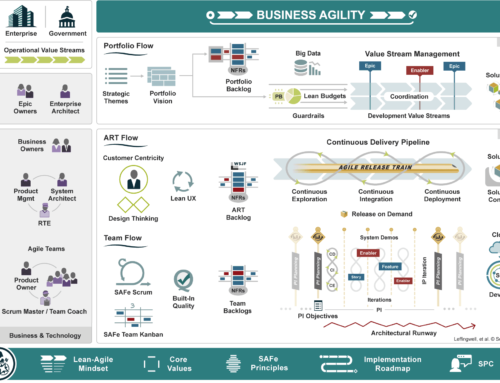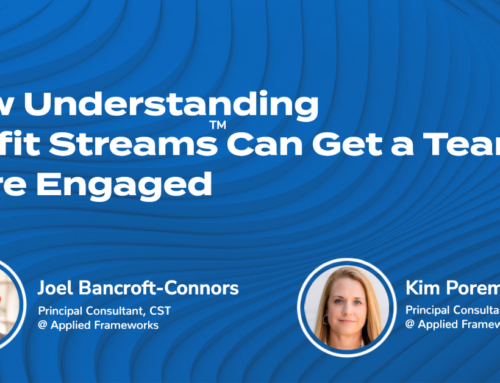She analyzes synergies, or synergizes analogies… or some such thing.—Edward Norton (as “Father Brian Finn”), Keeping the Faith.
Alas, most of us have fairly rudimentary tools. Try to get some help from someone with data mining experience but let’s see what we can do without assistance. Nobody knows the data as well as you do so you’ll definitely find things that others will not. Let’s get started!
Interviewing clients: a field guide is a three-part series, including:
If interviewing is both an art and a science, analyzing what you’ve learned is almost completely an art. You’ll review the text of what you’ve heard and look for patterns in the information.
Part 3: Analyzing what you’ve learned
The customer is a rear-view mirror, not a guide to the future.—George Colony, Forrester Research
Listen for patterns. The key to getting insights from what you’ve heard is to look for the patterns. Before using any of the techniques below, review your notes and transcriptions, and perhaps listen to the recordings again. Discuss your impressions with your interview buddy. What areas are you hearing again and again? Are you hearing problems or recommended solutions? What are the root causes of what you’re hearing?
Tag clouds. One super-easy technique to get you started is word clouds (also known as tag clouds). Go to www.Wordle.com and paste all the transcriptions into a cloud and see what words jump out at you. I used part 1 of this series on interviewing to make this word cloud:

The size of the word indicates its frequency. In this case, we’ll want to look more closely at phrases that include the words clients, customers, market, information, and management.
Highlighters. Freshman seminars in some colleges teach a method for using highlighters that I’ve adapted for “data mining.” Scan through your transcripts and use four colors to note information:
-
Yellow: general insight
-
Green: positives
-
Red: negatives
-
Blue: competitive information
Sometimes one comment is enough to cause you to take action. For example, “I got a 404 page when I clicked on the link.” You don’t need any more instances of this situation to go fix the link. But usually you’ll need three or four—or ten—requests before you should propose an action. If one person says your monthly support costs are too high, that’s interesting. If ten more say it, it’s worth exploring further. Maybe you should consider multiple levels of support. Or expand the online support area to include clients-helping-clients. Or maybe your premium support really is too expensive for a significant portion of your clients.
You have a hypothesis now: “support may be too expensive.” Interviews are great for identifying issues but not very good at quantifying them. You’ll want to conduct a survey of a few hundred clients to see how many want to continue at premium and how many would entertain a less expensive option.
Communicating what you’ve learned
A ‘slideument’ is a cross between a slide deck and a document.—Garr Reynolds, author, Presentation Zen
I’ve found that marketing people are not very good at marketing themselves or their information. In general, they present data and assume that others can draw their own conclusions. But not everyone can look at a blueprint and see the finished building.
Who needs the information you’ve discovered? And what action should they take? You’ll need to think of how your audience processes information and what form is most persuasive, particularly when you’re asking them to change their point of view.
I once shared the results of a survey for a new product concept. And the results were not very good. In fact, they were really bad. On average our customers gave us a very poor grade on every aspect of the product. My VP of Development wanted to see the individual responses. When I shared them, I watched in surprise as he mined the data in real time. It was like watching Commander Data on Star Trek: The Next Generation as he scanned volumes of information. His eyes flicked across the screen and you could almost hear his mental gears thrashing. And he reached a differenet conclusion. “Yes, the overall responses are bad but the newer responses are better.” (Do you know the joke about the little boy who wanted a horse. “There’s a pony in here somewhere!”)
I’ve found that technical teams want to see the raw data so they can draw their own conclusions while marketing people prefer key insights that provide guidance on the personas and positioning and messaging. Sales people don’t trust data as much as their own intuition, so they want to hear stories about individual clients, in the clients’ words.
And perhaps the biggest challenge for product managers and marketers is “speaking truth to power.” When speaking to the leadership team, particularly when the conclusions aren’t favorable, we tend to soften it with generalities. Executives want a summary of your conclusions and specific recommendations to address the issues you’ve discovered.
When presenting your information, the medium needs to align with the message. Use a Word document when you need to provide detail. Tell a story about an interview that best represents your conclusions —with the name of the person, their company information, and quotes from the interview. Always end your discussion with a conclusion and a recommendation but feel free then to open up the session for alternative conclusions and recommendations.
PowerPoint is a fine tool to get you started but it isn’t the right tool for every audience. Use a report when there’s lots of information to consume. Use a presentation to share summary information. Tell a story to bring the data to life.
Final tips
Deliberate practice has three key components: setting specific goals, obtaining immediate feedback, and concentrating as much on technique as on outcome.—Steven D. Levitt, economist, author of Freakonomics
Now you’re ready to begin but before you contact a client, do some “deliberate practice.”
Start with a role-play with someone in sales or customer support. You’ll want to try out your opening, and get practice asking questions and probing for answers. Then get feedback from your colleague about what you could improve. You’ll notice some things that you need to tighten up or revise. If nothing else, this role-play will build your confidence.
Next, interview a friendly client. Someone you know personally or at least someone who has a positive relationship with your company. Be honest about what you’re doing. “I’m interviewing clients and I’d like to start with someone who will be nice to me.”
After a few practice interviews, you’re ready to start calling more people. The more recent their experience with your company, the easier they’ll be to reach; and they’ll also provide more valuable information. Who better to tell you what you do right and wrong with your product than someone who recently chose to buy? Or someone who chose not to buy? Recent wins and recent losses are the best sources for insightful interviews.
More resources
Just Do It.—Nike
If you’d like more help with interviewing, I can coach you and your team, so get in touch with me.
Adele Revella’s Buyer Persona Institute offers a wonderful class on interviewing buyers to understand their buying process. See the Master Class at the Buyer Persona Institute.
If you prefer to read, I recommend Kristin Zhivago’s Roadmap to Revenue with a step-by-step approach to conducting customer interviews.
Want to outsource it? My pals at Primary Intelligence and Eigenworks offer win/loss and customer experience services. Learn more at http://www.eigenworks.com and http://www.primary-intel.com
Do you have a story about a customer interview? Add a comment to this blog post and share your experience.







A Word document? That’s so 1990s.
Interesting points about communicating what you’ve learned. Product managers may be reluctant to share the notes or summaries from individual interviews, preferring to keep the information close to the vest.
I capture all my interview notes in a Google Doc and share them with executives and members of the product team.